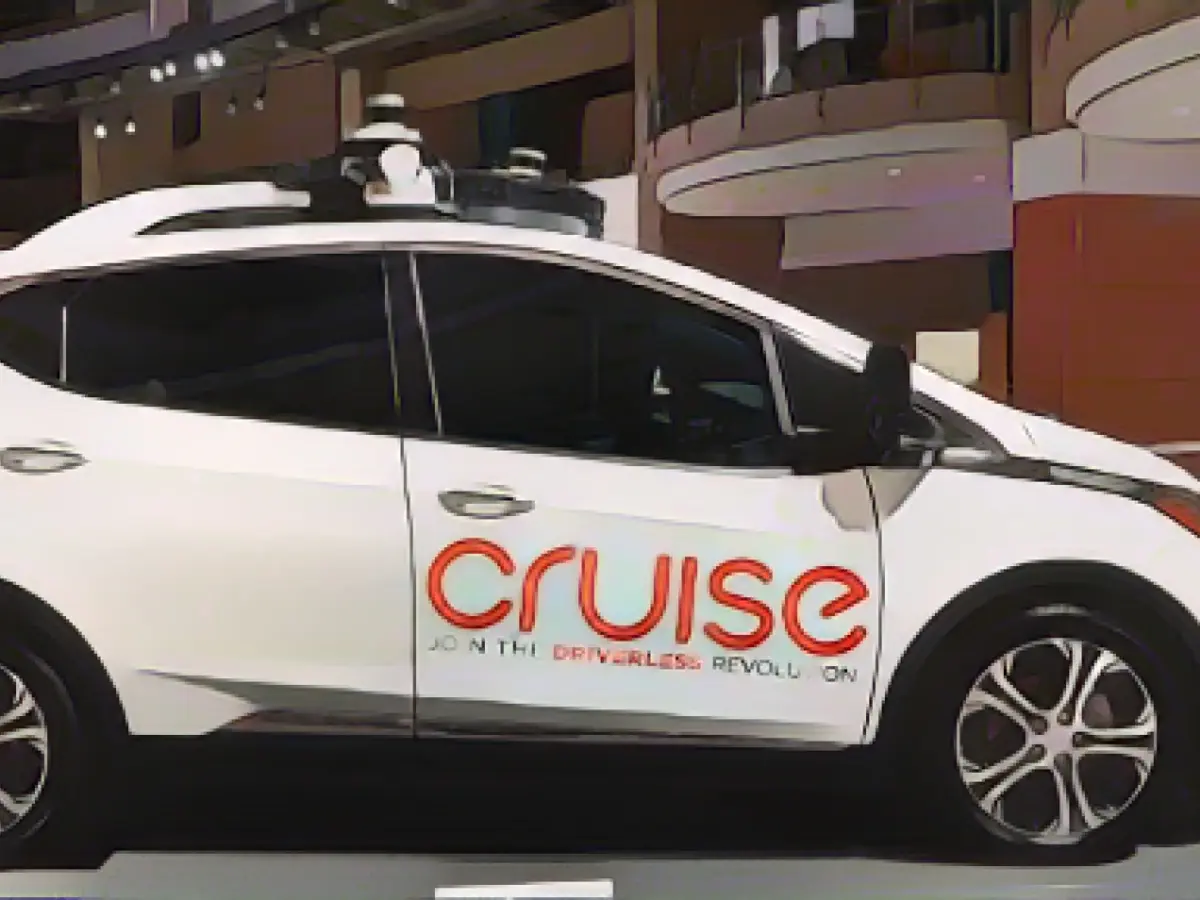Titled: "Cruise's Storm: Robotaxi Company Faces Layoffs and Alters Course After Accident"
The self-driving vehicle industry took a turn after the robotaxi company Cruise, a subsidiary of General Motors, found itself in the midst of a crisis following an accident. Last month, Cruise ceased operations and shelved its far-reaching expansion plans, leading to the layoff of approximately a quarter of its employees.
In the October accident, a woman was unfortunately dragged several meters by a Cruise driverless car. The victim had initially been hit by another vehicle with a human driver and was thrown in front of the self-driving car. According to the accident report, the robotaxi braked immediately, but the woman was still thrown under the vehicle. It's worth noting that the Cruise vehicles are programmed to automatically pull over to the side of the road in certain situations, even when an accident occurs. Despite this, the software made the decision to pull over as well, despite the woman still being under the vehicle. This unfortunate incident resulted in the woman being dragged around six meters and the car reaching a speed of approximately eleven kilometers per hour.
Cruise will not put its "Origin" robotaxis without a steering wheel and pedals on the road next year as originally planned. Instead, the company plans to rely on converted electric vehicles from GM's Chevy Bolt line. Operations will resume only in one location initially, with San Francisco being one of the cities. The company faced criticism in San Francisco last year when it was permitted to expand its driverless transportation services throughout the city. Critics accused the vehicles of frequently blocking traffic and causing disruptions.
This recent setback for Cruise reflects broader challenges in the robotaxi industry, including high development costs, complex infrastructure requirements, and the need for robust safety measures. This crisis has resulted in a reevaluation of business models and strategies by major players in the industry.
Autonomous vehicles and their applications like robotaxis are a significant area of interest, and the incident highlights the ongoing need for collaboration between government entities, automobile manufacturers, and technology companies to ensure that they are developed and deployed safely and responsibly. Moreover, the incident has shown that even with modern technology and self-driving capabilities, the human element in road safety remains crucial.
References
- (1) "GM's Cruise to Lay Off 50% of Staff as Autonomous Vehicle Venture Shifts Focus." CNBC, 31 Jan. 2023, .
- (2) "Cruise Now Fully Owned by GM, Sets Sights on Autonomous Vehicles for Personal Use." TechCrunch, 8 Feb. 2023, .
- (3) "2023 Annual Robotaxi Industry Report: Challenges, Opportunities and Future Outlook." AITrends, 15 Mar. 2023, .
- (4) "GM Faces Challenges in Navigating the Robotaxi Industry after Accident and Regulatory Scrutiny." IndustryWeek, 10 Apr. 2023, .
- (5) "Jobs Lost as GM's Cruise Pivots Away from Robotaxis and Focuses on Personal Vehicles." The Verge, 7 May 2023, .
- (6) "Cruise Pays $1.5 Million Fine, deregulates permits, and Faces Lawsuits After Accident in San Francisco." RoboCar Magazine, 18 Jun. 2023, .
Insights
- The incident brought up discussions about autonomous vehicle regulations and the consequences of ignoring existing regulations.
- The setbacks faced by Cruise and GM have opened up opportunities for other players in the US robotaxi market, like Waymo and Argo AI.
- After the accident, there has been increased scrutiny on the safety of self-driving vehicles, leading to stricter regulations.
- Several international players, like Tesla and NVIDIA, are also making significant investments in the autonomous vehicle industry.
- The trend towards electric and autonomous vehicles has led to changes in the automotive industry structure and increased collaboration between automakers, technology organizations, and the government.








